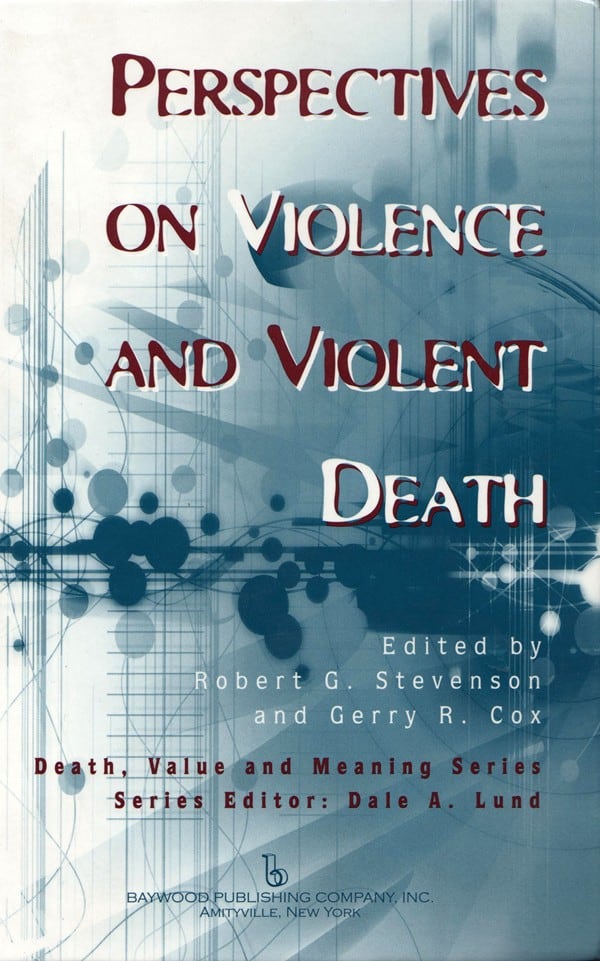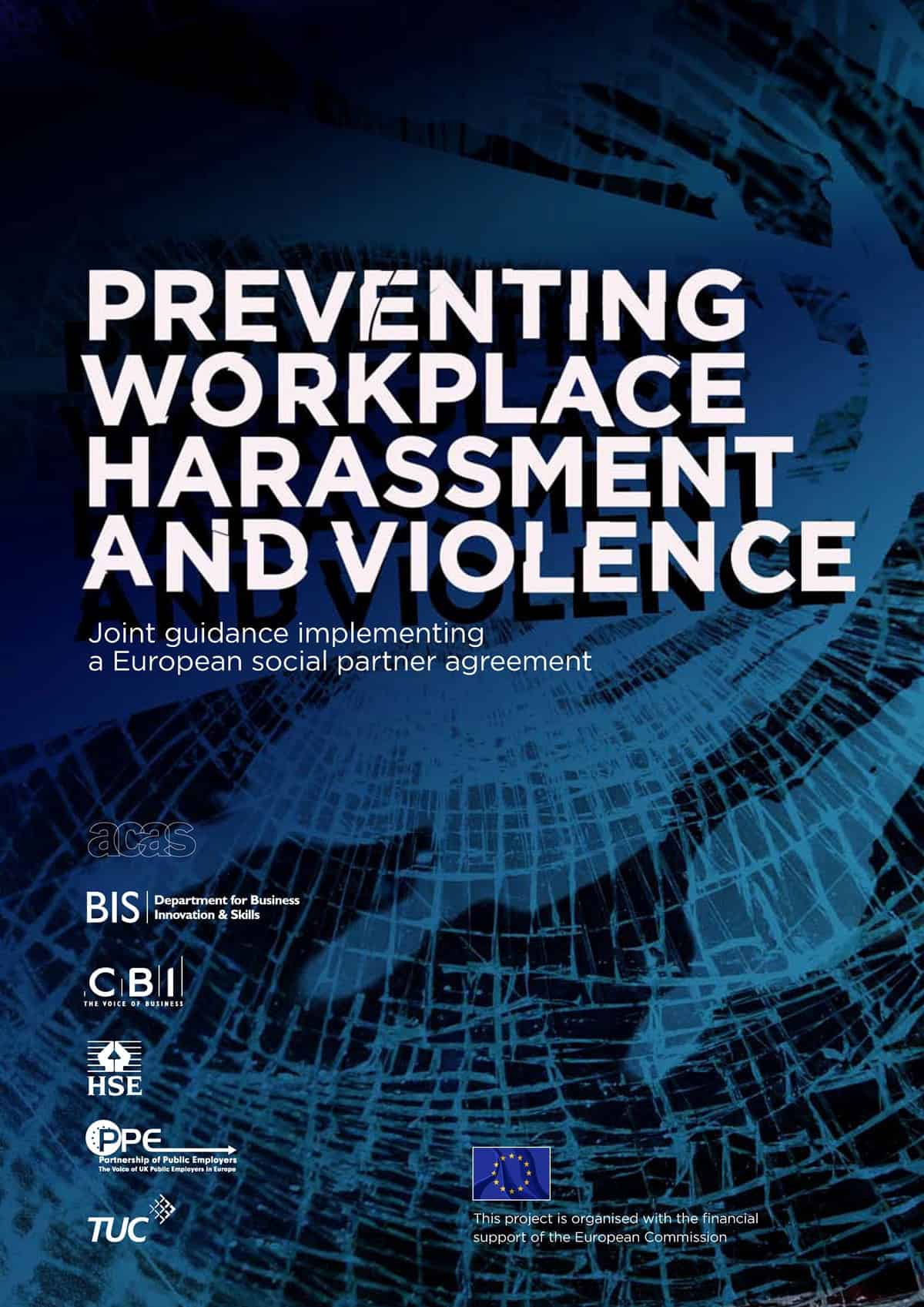If the prevention of depression is better than trying to treat it, how should a safety manager proceed when permissible work practices may be contributing to mental health problems in some workers?
A new UK study announced today says “that excessive internet use is associated with depression”. The researchers say that
“…some users have developed a compulsive internet habit, whereby they replace real-life social interaction with online chat rooms and social networking sites. The results suggest that this type of addictive surfing can have a serious impact on mental health.” Continue reading “Internet addiction in the workplace”


